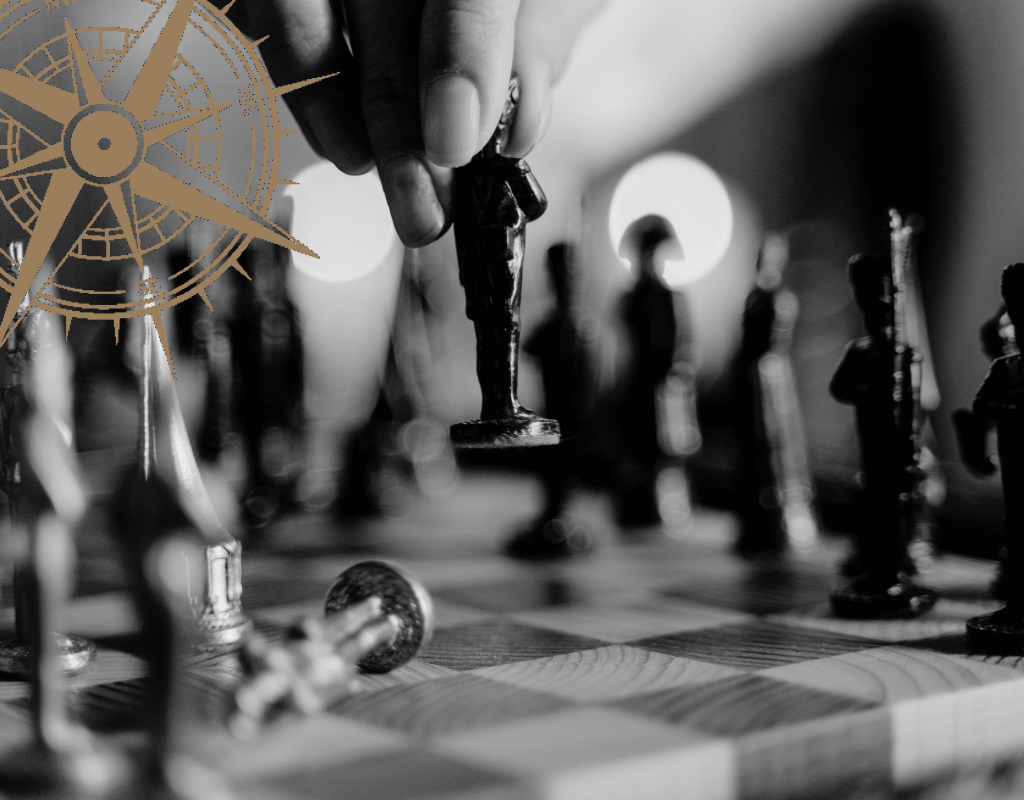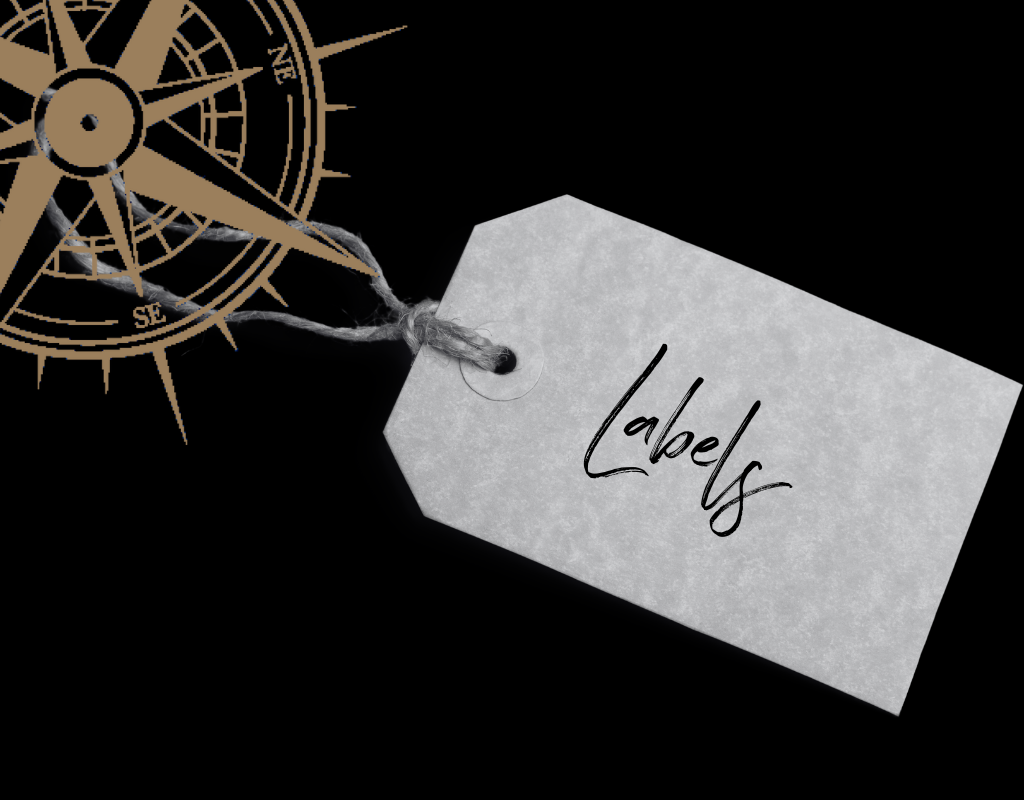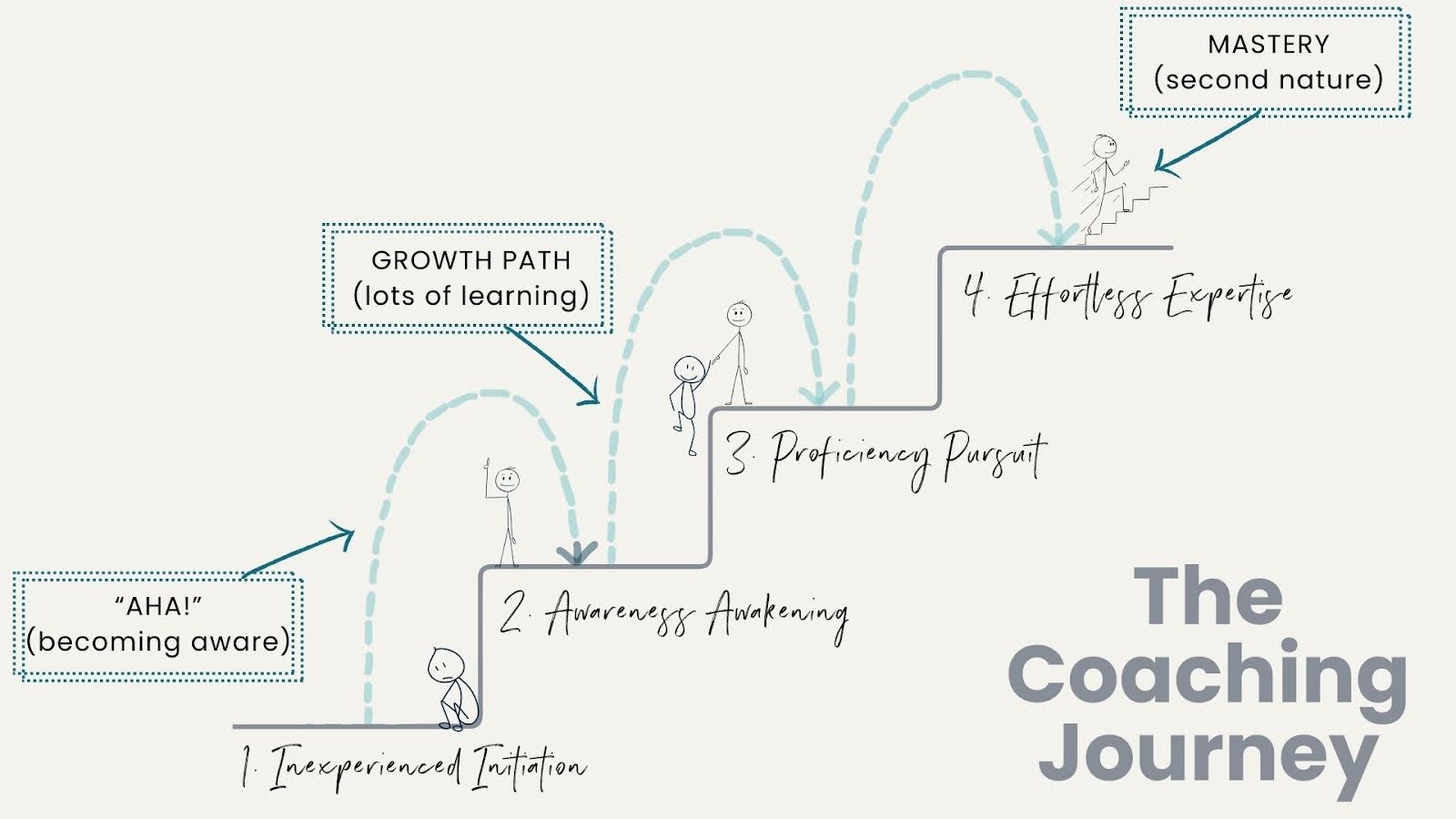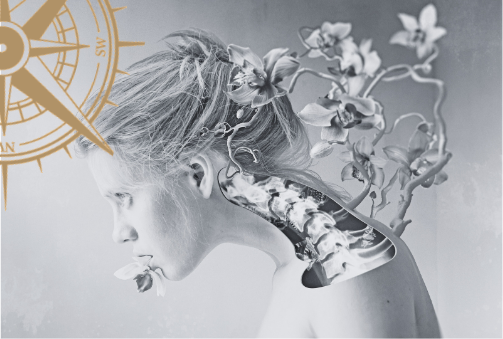Show me the money
Tanya Cross
on
March 21, 2024
Show me the money.
Oh I have your attention.
Speaking with a client this week, we talked about the ways in which people put growth ceilings on their wealth.
- Struggles with attracting money
- Keeping money in your pocket
- Building on your wealth and growing it
Which one are you?
One, two or three? Or a couple or a mix of all three?
Let me paint you a picture of each.
Struggles with attracting money
If it was as easy as x, y, z and make money, then everyone would do it. But it isn’t. But two key factors to attracting money is knowing your values and prioritising your money as important.
If you prioritise other values over earning money or lack a sense of purpose in serving others, it can hinder your ability to attract wealth.
Similarly, if you cap your earning potential due to resistance towards financial obligations like taxes or payments to others, it limits your financial growth.
Not valuing your own offerings, whether it be a product, service, or idea, can make it challenging to attract money as you may struggle to convey its worth or promote yourself effectively.
The purpose of the Financial Responsibility course is to increase your mindset towards money, but at the same time recognizing the value you bring to the table are important steps towards becoming a money magnet.
Keeping money in your pocket
Here are some factors that contribute to why people may have difficulty holding onto money, based on research:
Impulsive Spending: Many individuals struggle with impulse control when it comes to making financial decisions, leading to impulsive purchases and a depletion of savings. We’ll address this in Step X, Hold Onto Money.
Lifestyle Inflation: As individuals’ income increases, they may succumb to lifestyle inflation, increasing their expenses in line with their earnings, making it difficult to build savings or hold onto money.
Unexpected Financial Emergencies: Unforeseen events, such as medical emergencies or major repairs, can significantly impact one’s finances and make it challenging to hold onto money.
Building on your wealth and growing it
Building your wealth will become easier as you know more as well as know how to think rich. Don’t hesitate to develop your mind. It is the single most powerful asset you have to build wealth. And no one can take it away from you. If well trained, you can create the wealth you’d love.
To help ensure that you’re savvy about your own finances, here’s a list of the top 6 key terms to know.
Revenue: Profit is closely tied to revenue, which represents the total income generated by a business from its operations, sales, or services. Profit is calculated by subtracting the total expenses from the revenue.
Expenses: Expenses are the costs incurred by a business in its day-to-day operations. They include various items such as salaries, rent, utilities, raw materials, and marketing expenses. Profit is determined by deducting these expenses from the revenue.
Net Profit: Net profit, also known as the bottom line or net income, is the amount left after subtracting all expenses, including taxes and interest, from the revenue. It represents the actual profit generated by a business.
By mastering these basic finance terms, you get to understand your business, and can analyse the performance of business.
So, some words of wisdom on your finances.
I’m mid-way through creating a course called “Wealth Creation Formula” and it’s going to drop inside of Maximum Growth Academy in April.
Oh I can’t wait for you to get your mittens on this one. It’ll be a financial game changer for you.
Tanya x
Leadership Coach & Master Certified Demartini Method Facilitator
BAppSoSc (Counselling)










